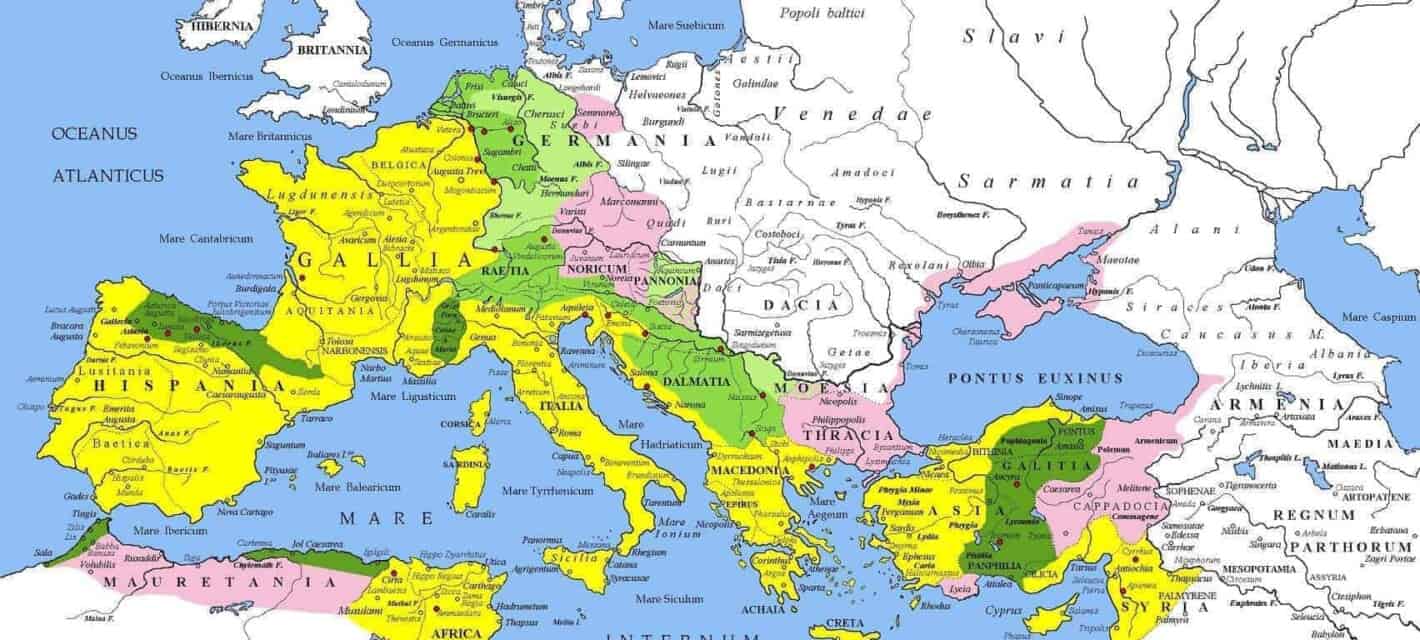The Roman Legion was one of the most feared armies of the ancient world. Through the might of the Roman Legion, the Roman empire’s influence spread from Scotland to Northern Irag and to the borders of Ethiopia. For centuries they were considered to be almost invincible on the battlefield, defeating fierce enemies such as the Celts and the Persians. If the Roman Legion was ever defeated they would quickly retaliate and their revenge would brutal.
One of the reasons why the Roman Legion was so feared was that it was always changing. The Legion was never stuck in past traditions. If they were defeated by an enemy they would quickly reorganize and learn from the defeat in order to come back tenfold. The strategies of the Roman Legion changed to match changing technology and the needs to each battle. They were successful in a wide range of battlefields no matter the terrain or climate. Even today many military commanders and historians look to the Roman Legion as one of the most superior fighting forces in history with much that can still be learned from them. Some of the greatest military minds have given credit to studying the tactics of the Roman Legion as part of their successes.
Here are ten little-known facts about the Roman Legions.
The Roman Legion was Not Just for Romans

In the beginning, the Roman legion was something that only Roman citizens who owned property were able to join. There were two groups, the wealthy who joined the Cavalry and the poor who served in the infantry. It was a conscription force that served short terms. That changed in 218 B.C. with the 2nd Punic War. Since the Romans now had an overseas empire to defend, the restrictions on the legion were relaxed. Conscripts continued to serve 6 year-terms but they were supported by volunteers. The amount of property that was required was reduced so that more conscripts could be pulled from the populace. In 107 BC the property requirement was eliminated completely. Volunteers did not have to own property and were often members of the poorest social class. They did not have land at home to care for and they saw the modest pay and prospect of war booty worth signing up for a 16-year volunteer term. At this time the Roman Legion was often accompanied by non-Roman mercenaries.
During the period of the Imperial Roman Army (30 B.C. – 284 AD) conscription was done away with almost completely and replaced with a force that was entirely volunteers. Now the volunteers served a mandatory 20 years but many would stay in the army for 30 to 40 years. The number of volunteers meant that conscription was only needed in times of emergency. During this period the legion was flanked by an auxilia, troops that were drawn from imperial subjects who did not have Roman citizenship. They volunteered for a 25 year term. This continued until 212 when all imperial subjects were granted citizenship. By 284 AD things changed yet again and regular conscription was once again enforced to populate the legion. Barbarian volunteers were accepted once again and now soldiers became 25 year professionals which kept the army well supplied. Now there were not even separate units for citizens and non-citizens all the units were intermixed.

